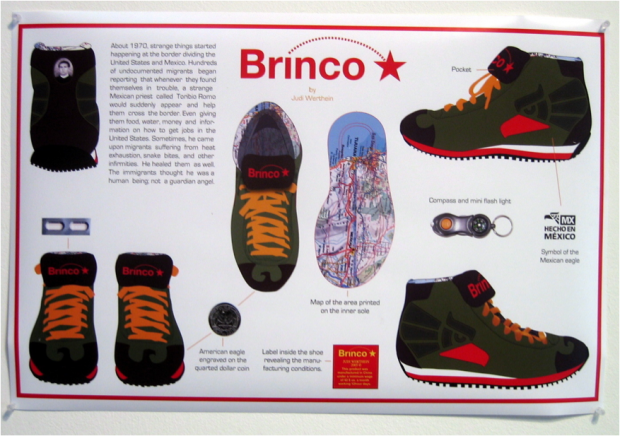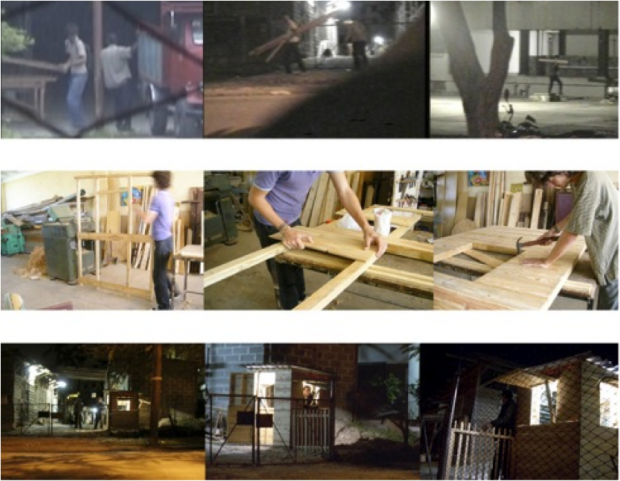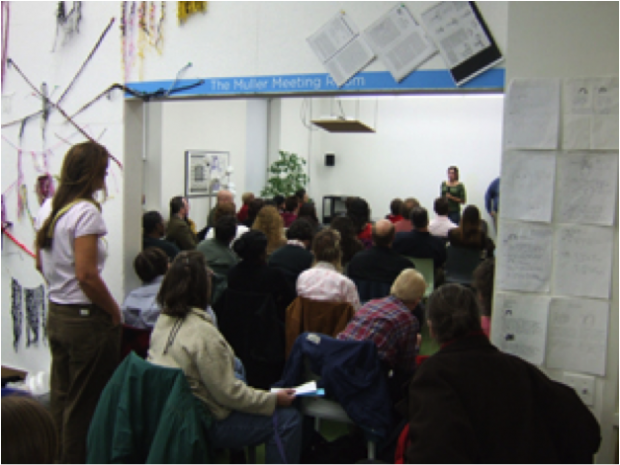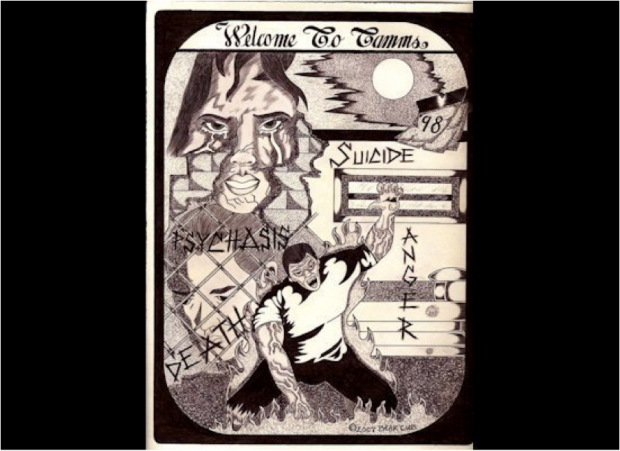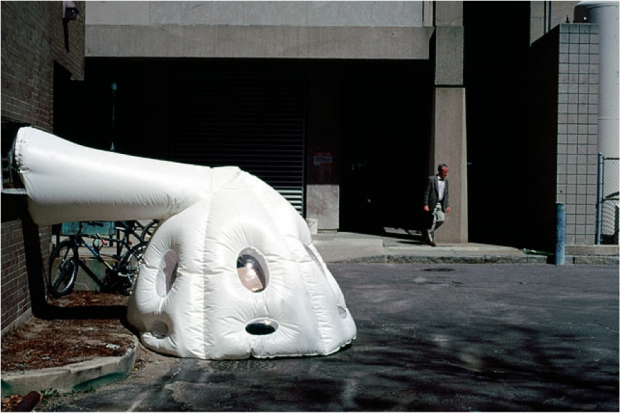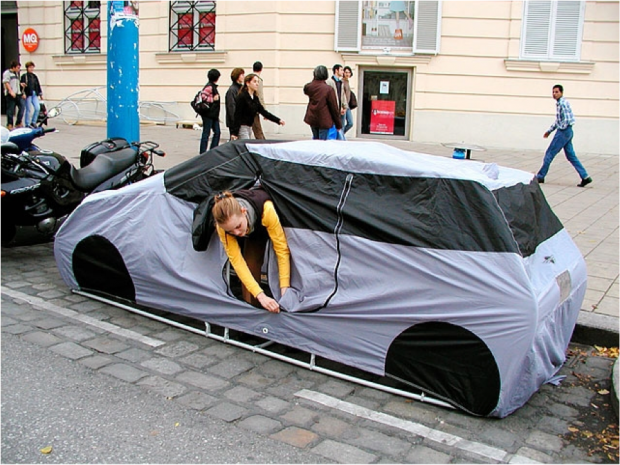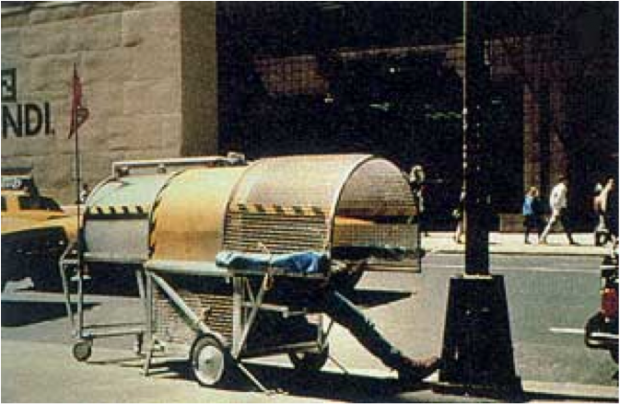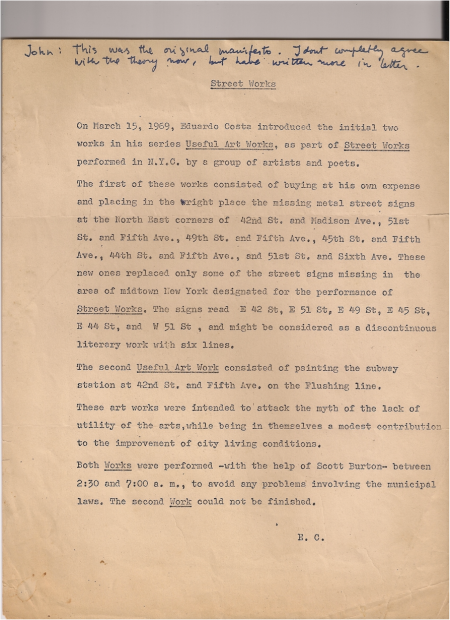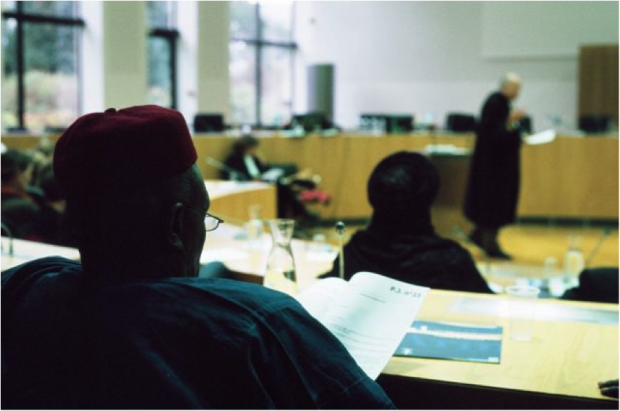
L’œuvre réalisée par Patrick Bernier et Olive Martin dans le cadre de leur résidence aux Laboratoires d’Aubervilliers en 2007, s’intitule « Projet pour une jurisprudence ». Elle s’appuie sur un texte écrit en 2004 par Patrick Bernier, intitulé Conte pour une jurisprudence. Ce texte présente l’ultime réquisitoire avant expulsion d’une femme étrangère en situation irrégulière, revendiquant son droit de présence sur le territoire en tant que « co-auteur, dépositaire et interprète » d’une œuvre d’art.
Partis de l’idée d’adapter cette nouvelle sous forme cinématographique, les deux artistes ont, au regard des possibilités d’accompagnement offertes par les Laboratoires d’Aubervilliers, mais surtout du durcissement législatif en matière de séjour sur le territoire pour les étrangers extra-communautaires, décidé de dépasser la fiction pour l’action en mettant en œuvre le principe décrit dans le conte : l’assurance de séjour pour des étrangers en situation précaire sur le territoire basée sur leur collaboration avec des artistes.
Le projet se développe selon trois axes : la constitution d’un cadre juridique avec le concours de juristes spécialistes du droit d’auteur (Sébastien Canevet) et du droit des étrangers (Sylvia Preuss- Laussinotte), la mise en place de plusieurs collaborations, et l’écriture d’une plaidoirie. Cette « Plaidoirie pour une jurisprudence » est destinée à être présentée en public et à servir de base à la réelle défense d’un des co-auteurs face au juge administratif chargé de son éventuelle reconduite à la frontière.
Parallèlement, Patrick Bernier et Olive Martin ont impulsé deux projets de collaboration :
- Bahija Benkouka et Béatrice Rettig, www.plaidoiriepourunejurisprudence.net
